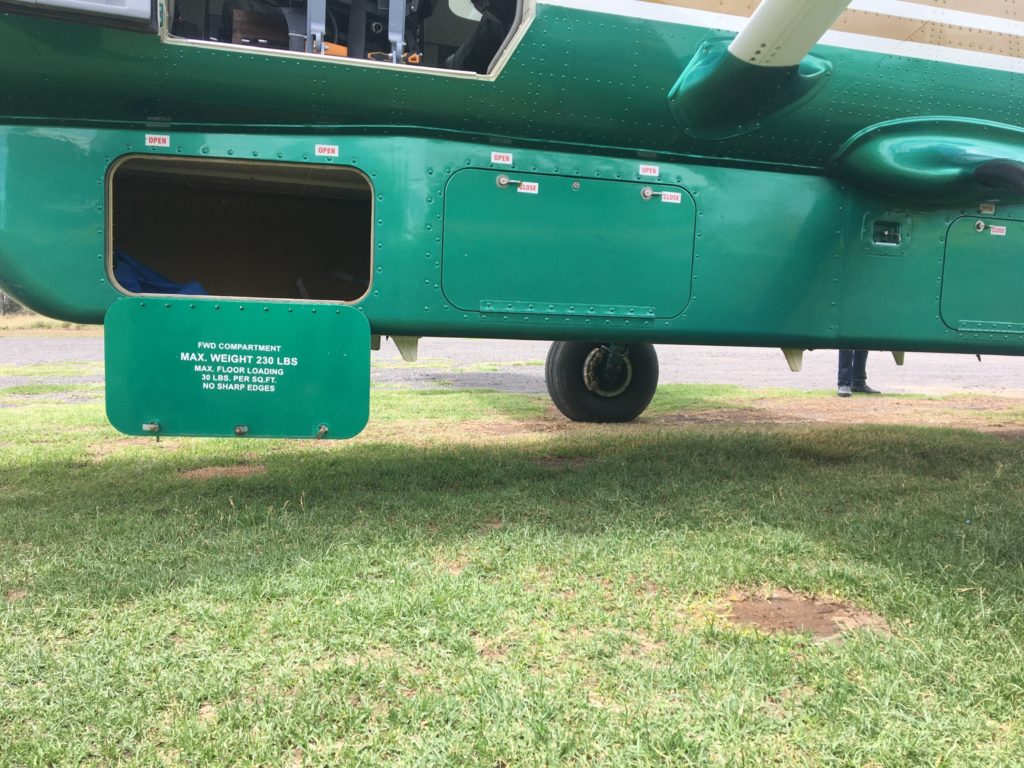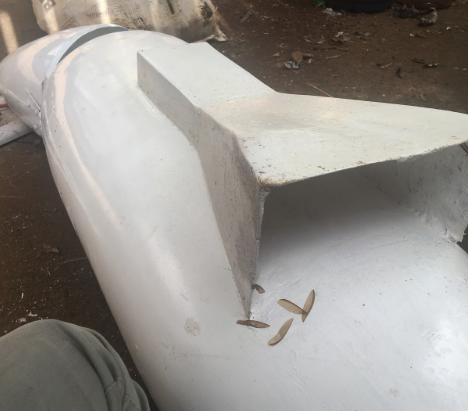Arial Seed Dispersing
The Design Challenge
My goal is to create an aerial seed-ball dispersal device that can be attached to civilian and commercial aircraft.
Summary of Research
Kenya’s forests and greenery are one of its most prized possessions yet with the existence of massive deforestation within the country, Kenya’s forests are dwindling at an alarming rate. Back in 1963, Kenya’s forests accounted for around 10% of its landmass however with forests being destroyed at around 12000 acres annually that number has since gone down to 6%. The forests are invaluable since they are the primary means in which the country’s rivers and lakes are formed as well as providing crucial support for the earth and soil giving the necessary support for grass and other smaller plants to thrive without which erosion would be a massive problem. Land without forests for stabilization is more prone to desertification which is already a massive problem through Kenya. The forests also provide a habitat to many species some only found in Kenya. If something isn’t changed soon and fast, Kenya’s prized forests will soon disappear.
In the past, there have been many methods used in tackling deforestation. One of the most prominent and popular ones being seed balls. Seeds coated in charcoal that can be simply dropped on the floor and are able to grow on their own without any planting required. So far there have been many ways of distributing these seed balls. From slingshots to motorbikes but one area that hasn’t been explored extensively was the use of aircraft. There had been trials done in the past using small aircraft using a bag out the window or a small tube that fed into a box but what I wanted to make was a device that could be operated from the passenger’s seat that could disperse a large number of seed balls from the aircraft.
Starting out I stayed in touch with a company named Cookswell Jikos that played a big role in starting seed balls in Kenya. They reached out asking for designs for a possible speedball dispersal device that could be fitted onto a small propeller aircraft. Then we started brainstorming. We came a pon the Bernoulli’s Principle as well as the venturi’s effect which used pressure differences to cause a suction. After further research, we came across a design for a spreader used on farming aircraft called the venturi spreader. For further research, I made an appointment with a pilot who owned two small propeller aircraft to get a better idea of the constraints we will be working with. After which I got in contact with a company called Tropic Air Co that runs multiple airbases within Kenya. There they showed me that many of the aircraft have what are called cargo pods that can be attached to the bottom of the plane that was the perfect vessels to carry and drop the seed ball.

After I came back from break with new info and inspiration it was finally time to start building something. First, we decided to make a prototype using two cut milk cartons to test where the pressure difference was greatest and cut our holes accordingly.

Then we were sent a custom-built and aerodynamically approved cargo pod that could be attached to a small prop plane by our seed ball contact with the hopes that we would provide a usable design within a month. We got together and started working on designs. Our general design was to place a funnel here that would start big and end small to create the difference in air pressure. Then connecting from the entry point to the funnel to the top of the pod we would create a tunnel. This tunnel would go down till just above the bottom to create a big enough entrance for the seed balls to come out. Then in the tunnel, we would fit a blocker. This blocker would be attached to large heavy duty rubber bands that are fitted to the tunnel. Then at one end of the blocker, we would attach a wire with a handle that would go through the pod up through the plane through to the passenger seat. This means that naturally the blocker is pulled down by the rubber bands blocking the entrance. Then the passenger would pull the handle up. This lifts the blocker up allowing the seed balls to come through.

